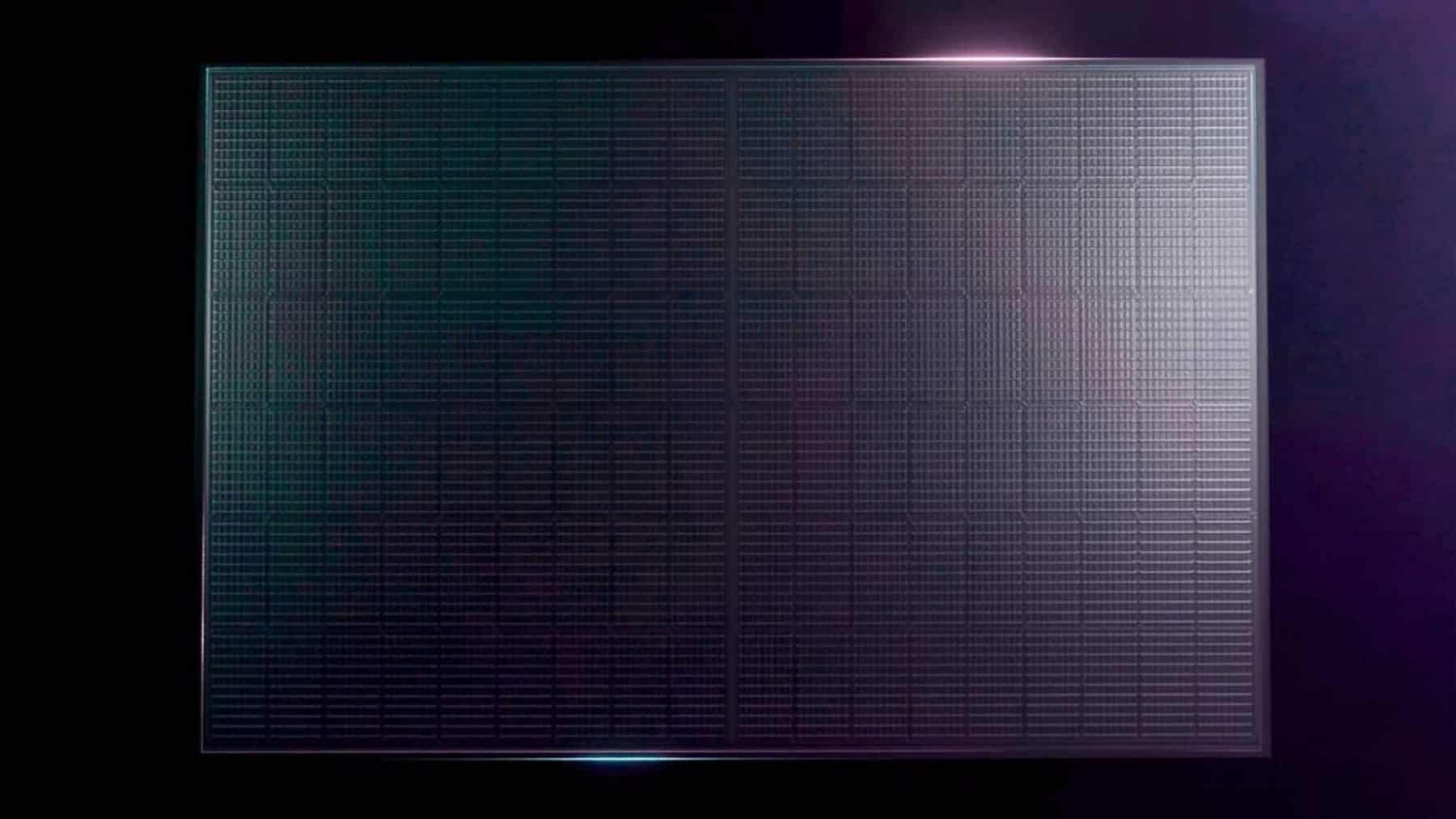The energy race has been bringing us impressive innovations for quite some time now, but even with so many new developments, what Russia has just presented could completely change the rules of the game when it comes to solar panels. That’s because researchers at the National University of Technology have developed a technology that combines record-breaking efficiency with transparency, something we never imagined possible until recently.
Solar panels are essential, but they have their challenges
One of the main challenges when it comes to solar panels is the material they are made of. This is because, for decades, silicon solar panels have dominated the market. Their advantages include:
- They are reliable.
- And relatively affordable and easy to find.
However, there is a natural limit to how much sunlight they can convert into electricity. In terms of efficiency, most panels currently achieve between 18% and 22% efficiency, which is actually sufficient for many applications, but still far from ideal, especially when we consider the global scale of energy demand.
In addition to the efficiency challenge, silicon solar panels also have problems with their manufacturing and installation method, because they are rigid, take up a lot of space, and do not always integrate well with urban architecture. Although these points may not seem as relevant as efficiency, they limit the use of these panels in more daring projects or those integrated into the daily life of cities.
The key to success is in exchanging material
With all these questions in mind, Russian researchers from the National University of Technology created semi-transparent perovskite solar panels. They used a technique that has never been seen before and that surprises us because it not only greatly increases the use of sunlight, but also allows applications that go far beyond conventional roofs (like this example of an innovative solar panel).
And yes, this technique has a name: ion beam sputtering technology. This technique replaces the traditional magnetron sputtering method. It is a new approach that avoids thermal damage to the cell and allows for more precise and uniform deposition of indium tin oxide (ITO), which is an essential component of the solar cell.
Did all this innovation work? You can be sure it did. The result itself gave an efficiency jump from 3.12% to 12.65%, yes, just with this small change in the process. And to further improve this innovation, this result was considered using a semi-transparent version of the cell, which opens up a whole new range of applications.
The perovskite revolution
To give more context to this new solar panel, we need to talk about the material itself. Perovskite is not a new material; on the contrary, it has been studied for over a decade. In 2009, solar cells based on this technology had an efficiency of only 3.8%. Today, some laboratory versions already exceed 29%, remaining in the same range and even surpassing the best silicon panels on the market.
What impact does this innovation have on the world?
In addition to the increase in efficiency, these new Russian solar panels also stand out for the architectural versatility that this technology enables. This is because the cells are semi-transparent, so they can be integrated directly into windows, building facades, skylights, and canopies, transforming ordinary urban surfaces into energy generators.
With this, solar energy is no longer just an accessory installed on top of houses and buildings, but rather an integral part of the architectural design. An example of this is this new project that promises to generate infinite energy directly from the windows of our homes, so this revolution in solar energy will generate much more than the solar panels we are used to.















